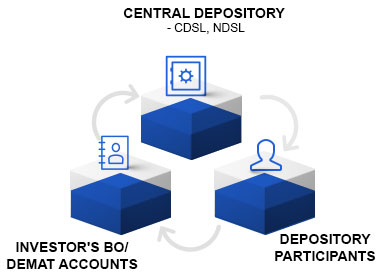Accounts Receivable Financing
What is Accounts Receivable Financing?
accounts receivable financing is a kind of financing arrangement wherein a company gets financing Capital that is related to a part of the AR. These agreements can be structured in several ways, generally with a foundation as a loan or an asset sale.
Figuring Out Accounts Receivable Financing
The concept comprises an agreement that involves capital principal related to the accounts receivable of a company. They are such assets that are equal to the invoices’ outstanding balances billed to customers but have not received yet.

AR are reported on the Balance Sheet of a company in the form of an asset, generally a current asset with the invoice that has to be cleared within a year. Furthermore, AR is a type of Liquid asset that is considered when discovering and evaluating the quick ratio of a company that helps to analyze the most liquid assets with this formula:
Quick Ratio = (Cash Equivalents + Marketable Securities + Accounts Receivable Due within One Year)/Current Liabilities
AR is regarded as the extremely liquid asset, both externally and internally, that translates to the theoretical value for financiers and lenders. Several companies consider this aspect as a burden, courtesy to the fact that these assets are to be paid but need collections and cannot be converted into cash instantly.
However, despite that, the business of AR financing is evolving rapidly because of business and liquidity issues. Often, the process of AR financing is known as factoring. And, the firms that concentrate on this process to an extent are known as factoring companies.
Advantages of Accounts Receivable Financing
AR financing lets companies get immediate access to cash without navigating through issues or dealing with long waits that are generally associated with acquiring a business loan.
Whenever a company uses the accounts Receivables for asset sales, it doesn’t have to think over the repayment schedules. And, whenever they sell the accounts receivable, they don’t have to worry about the collection.
Talk to our investment specialist
Disadvantages of Accounts Receivable Financing
Specifically, accounts receivable financing can be more expensive than funding done through traditional lenders, especially for those companies that have Bad Credit.
Businesses may end up losing money from the spread paid for AR in the sale of the asset. With the structure of the loan, the interest expense could be high or much more than the Default write-offs or discounts might amount to when clubbed together.
All efforts have been made to ensure the information provided here is accurate. However, no guarantees are made regarding correctness of data. Please verify with scheme information document before making any investment.












